Last Friday, I had an evening in Manhattan that, at times, felt like the city’s tourism board had choreographed it. On my way to watch Savion Glover at the Blue Note, I encountered an impromptu rap battle, park chess players, skateboarders doing tricks, an excellent busker and spontaneous dancers. Savion was terrific. Being able to move like he does is truly impressive. You can see a tiny snippet that doesn’t do his talent justice on my Instagram stories.
Some of you may already know me from my previous life as the host and co-creator of BBC’s The Comb podcast. (Hi Dapo! Hi Robert! Hi Olu!) Back in 2019, my colleague, the producer extraordinaire Mary Goodhart, and I were putting together the pilot for The Comb. We had started pulling ideas for artwork we liked. I wish I could claim it was me, but it was Mary who first came across Fred Martins' artwork on Instagram. Right away, we knew who we wanted to work with.
A few emails, conversations, contracts and sketches later, and we had this:
Before I introduce you to the man behind the artwork, allow me to briefly plug The Comb. If you are interested in African stories as told by the people who live them then please check it out. I will happily send you a starter listening list.
Fred Martins is a true multi-hyphenate talent. A wearer of many hats. He is an art director, a visual artist, and an author to be – he is coming to the end of writing his book “Memoir of gods, masquerades and man”. He is also a trained medical doctor, although he is not currently practising, who uses his medical knowledge in the service of his charity, which educates people about the risk of bull fires [fires caused by tampering with oil pipelines].
A lover of art since he was a young boy, Fred remembers sketching a portrait of his father by pencil. He was torn between art and medicine and eventually took the route of medicine before returning to art full-time.
Kim: Do you come from a family of artists?
My dad wasn't an artist, but he was a dancer. He expressed his creativity through dance, but he was an engineer by profession and a preacher. My grandfather was a craftsman. I never met him, but his crafts (baskets) were sought after within our region. He was also a Dibia. In Igbo cosmology, a Dibia is a type of diviner. My grandmother Adaolo was an activist. She took part in the Aba Women’s riot, it was called the Ogu Umunwanyi – the women’s war.
[Fred later did a series titled ‘Aba Women Riot’ focused on this particular period of history]
How would you describe your work to someone who has never seen it?
I would describe my visual work as provocative. It should trigger emotions. It should command the viewer to ask questions about the work.
Let’s say you’re looking at my Aba women’s riot series. You might ask what is behind the use of palm fonds? With that question, you will begin to understand the role of the palm fond within Igbo cosmology, specifically how, during riots or protests, people tie new palm fonds across their heads, arms, legs, and waists. It symbolises protection. It symbolises being against an action. When you see a palm fond, you need to negotiate. You need to understand that this person is not coming against you, but this person is demanding something.
What is the role of art?
Art should question. Art shouldn't be about throwing colours or drawing anything you like. Its not just expression of colours and patterns that you feel are ‘nice’. Art shouldn't just be nice. Art should be about a message. It should command power.
Which of your works do you think best represents you as an artist?
I will say that the Afro Comb series. When I see this body of work hanging somewhere, I look at the image and think of the person it represents and what they accomplished during their lifetime, how they stood up for something. It reminds me that I, too, should stand up for something.



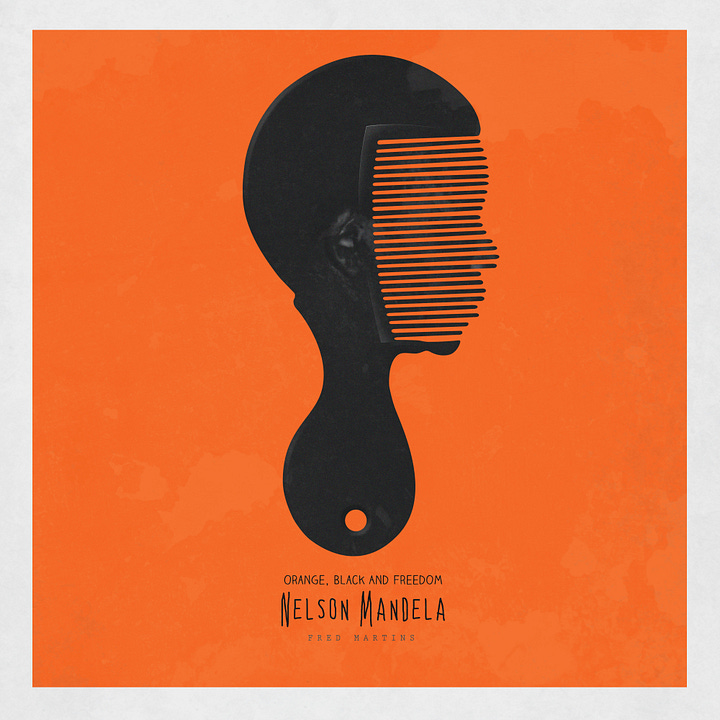
The other work that feels impactful to me is my climate change series. I started creating work about climate change because of my feelings about losing the smell of Christmas. When I was younger, where I am from during the Christmas period there was this particular scent that you could smell all around the community. It came from a particular plant. Nowadays, that scent is no longer there. You can’t find the plant anymore. When I was younger the sky was really blue where I live but that is no longer the case - you get dark clouds but the sky is never blue anymore. I feel we are losing all these things. We cannot deny the existence of climate change and global warming. The amount of heat waves we are experiencing now it was never like that. When I was younger you had to dress up in winter because it was really cold during the harmattan season but now you can just be in a t-shirt. You can’t even feel the cold.
When working on a project, where does the creative process begin for you?
I like to be alone. I like to burn incense and sit in my space, read, and research on the subject. It could take me up to three months reading about a particular thing and asking people what they think. Sometimes through a dream I am able to reflect on what I want to create or at other times while meditating, I will find a symbol that I can incorporate into my work.
How do you deal with creative block?
When it's not flowing, I take a break. Sometimes I dance as a way to free myself because being distracted by burdens blocks your creativity. I put on music I can vibe to. Sometimes I listen to Chance (the rapper). Sometimes I listen to Malian music. Sometimes I listen to old Afrobeats, not the more recent music, but from the 60s and 70s. Songs like Fela Kuti’s ‘Water no get enemy’. It’s one of the songs that inspired me a lot. I play it when I want to feel energetic.
Who are some of the other African artists whose work you admire?
I find the work of Esther Mahlangu intriguing. I feel very moved by her work. Another person whose work I admire is the Nigerian artist Victor Ehikhamenor. He utilises traditional expression patterns and motifs, and modernises them. His work moves me too. We are seeing a change with less people looking to the West as a kind of a reference point. We have such a rich culture ourselves. We don't need validation from elsewhere. Those are the artists I find are the most successful. People who are just doing their own thing. There is joy in practicing what you believe, in not trying to get validation from elsewhere. Allowing the ancestors to speak through you.
Outside of work, what brings you pleasure?
Travelling brings me pleasure. Visiting opera houses, galleries or African arts and cultural sites. I got married in 2021 and I had my first child, a daughter, Adaola named after my grandmother. It means daughter of jewel in Igbo. Pleasure for me is seeing my little girl run around. The pleasure I get from my daughter is magical.
I have an upcoming interview with the Nigerian writer Uche Okonkwo whose book of short stories, A Kind of Madness, I found to be a revelation. I love the way she writes. If you have any questions you would like to pose let me know - the question window closes on Sunday.
Thanks for reading and thank you for everyone who has recommended me. It makes a big difference and it is so appreciated.
Till next week!





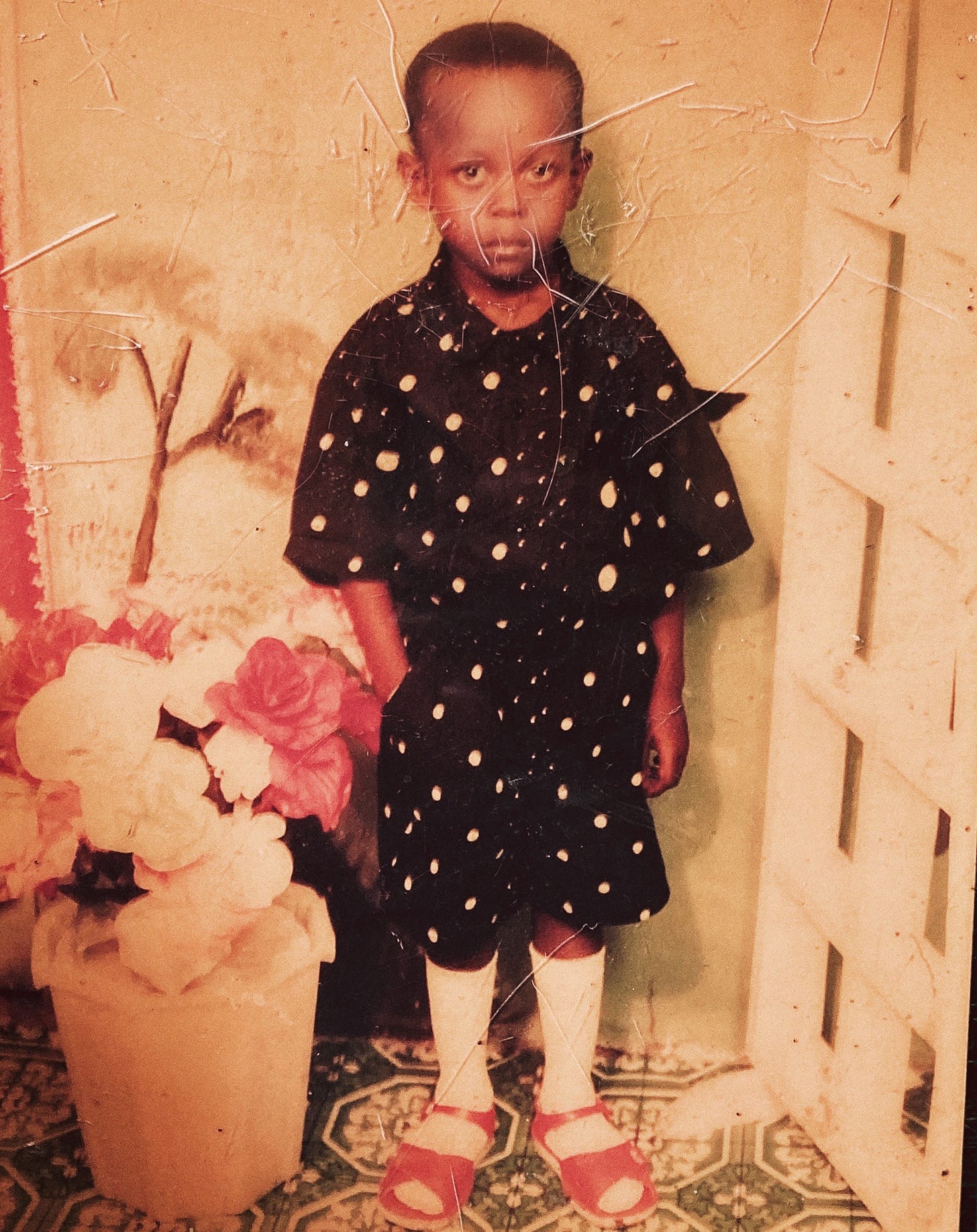


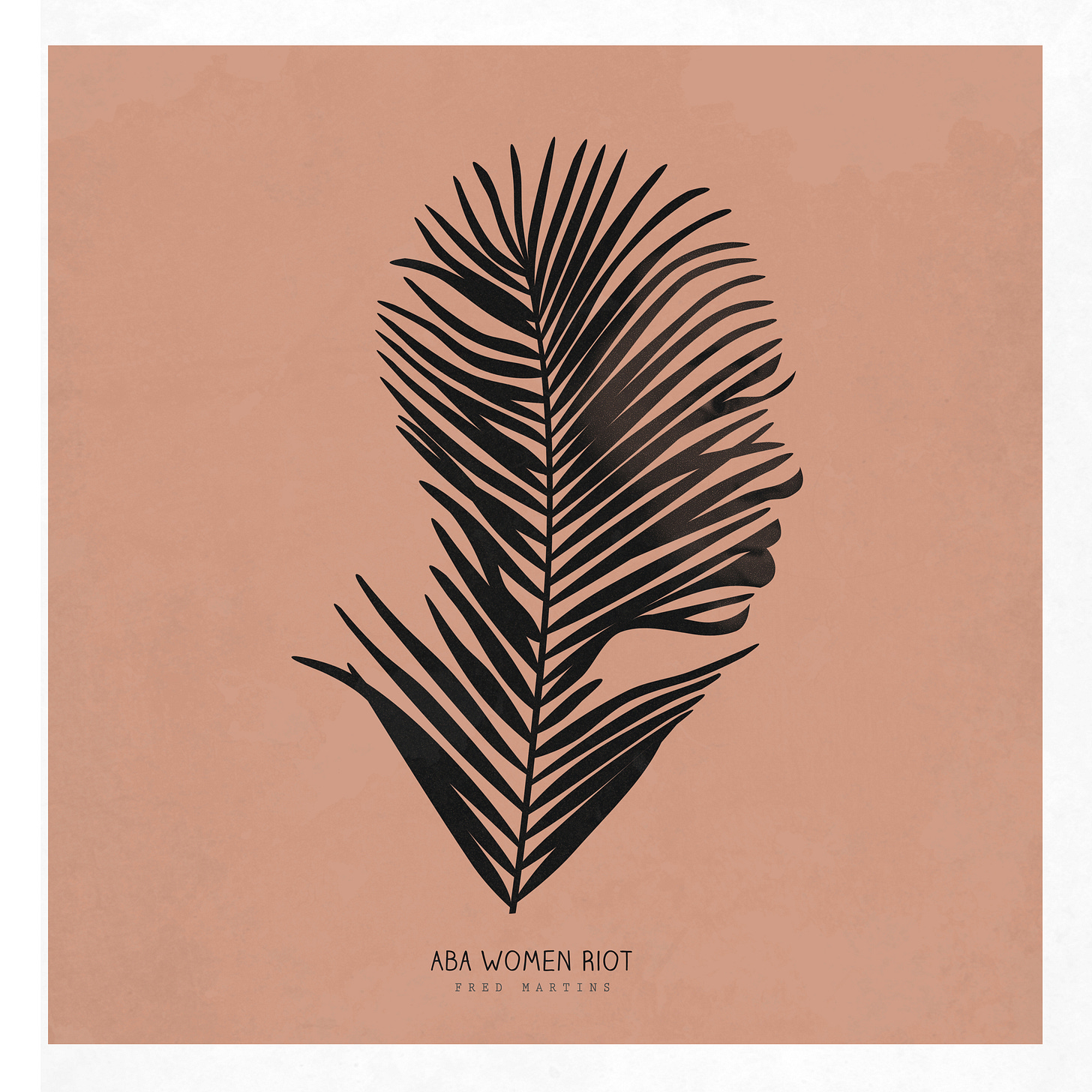
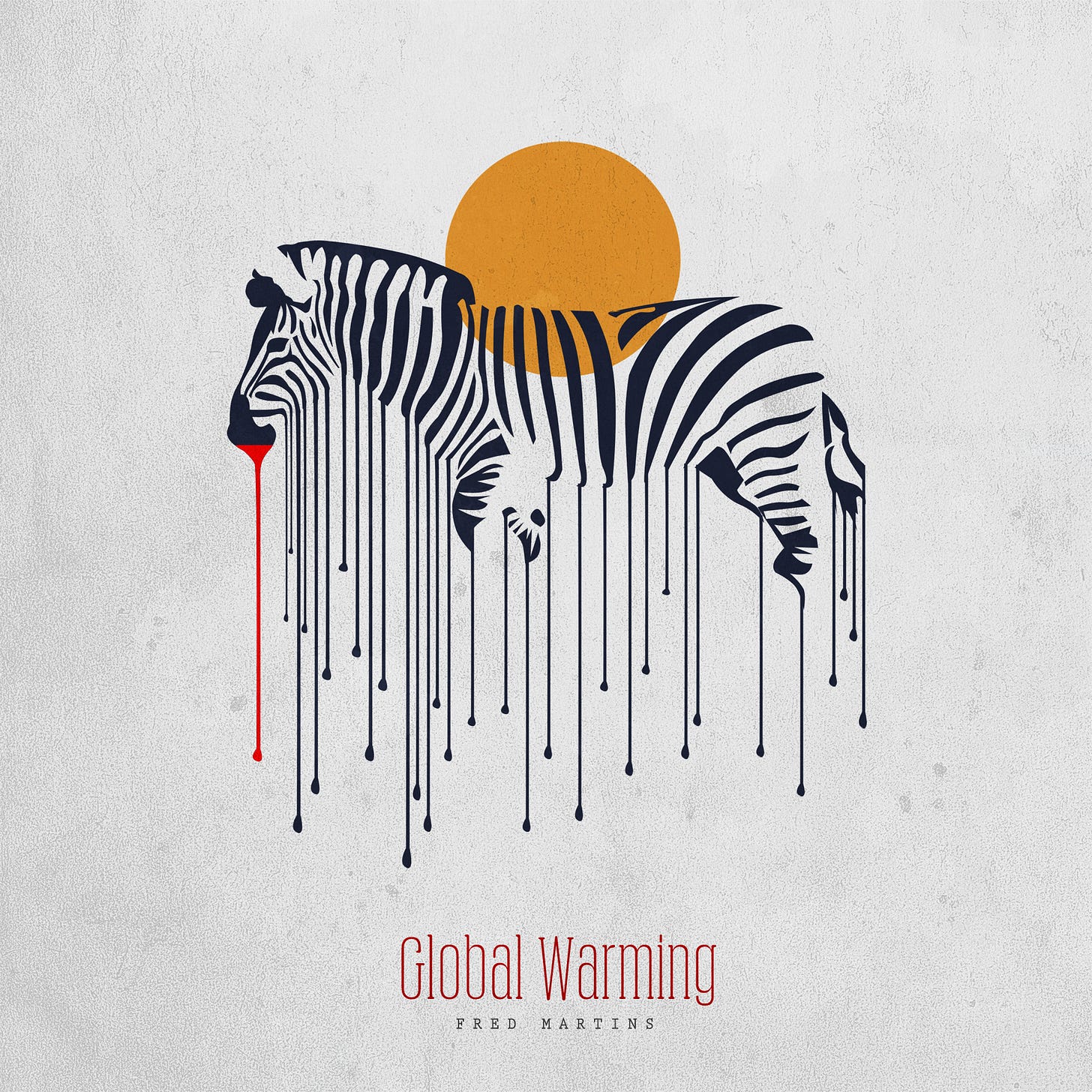

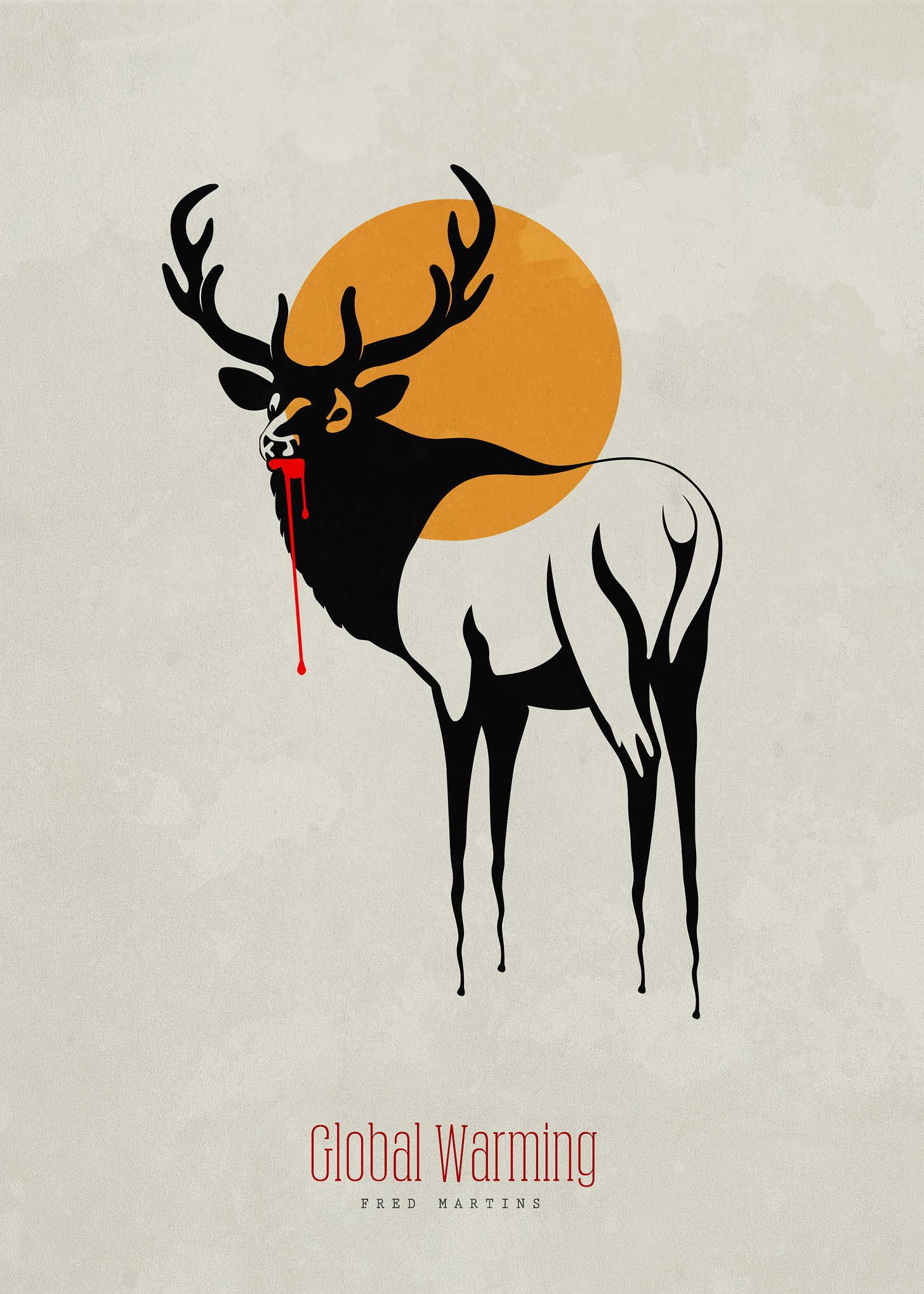
Finally got around to reading. I like his global warming pieces.
Hi!
So this is the artist behind the iconic comb logo. Impressive. I like to think the logo might have helped me discover the podcast. It’s just perfect.